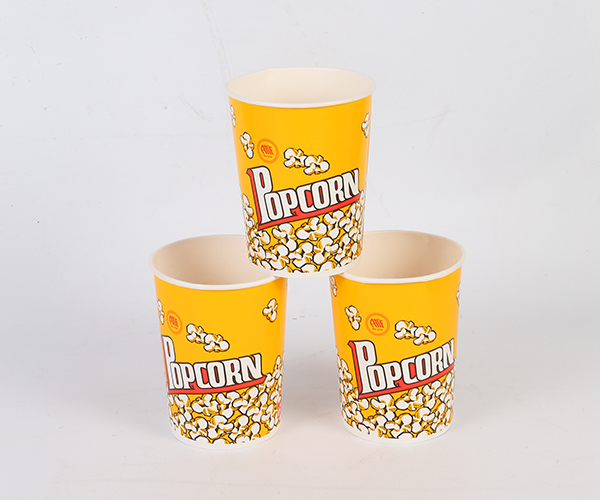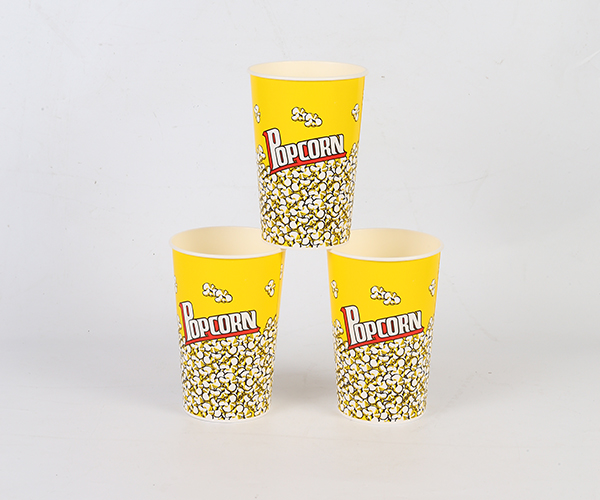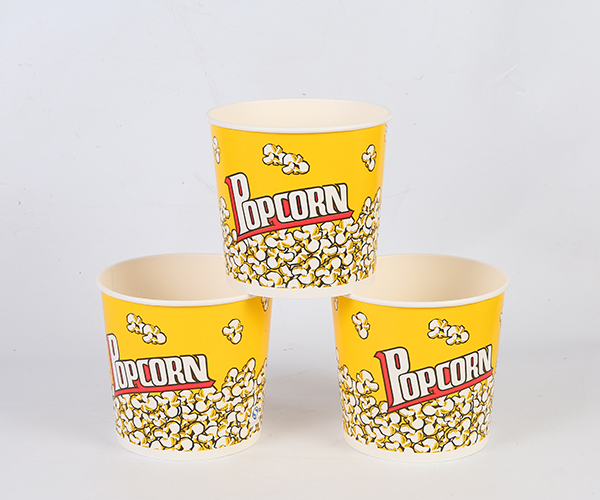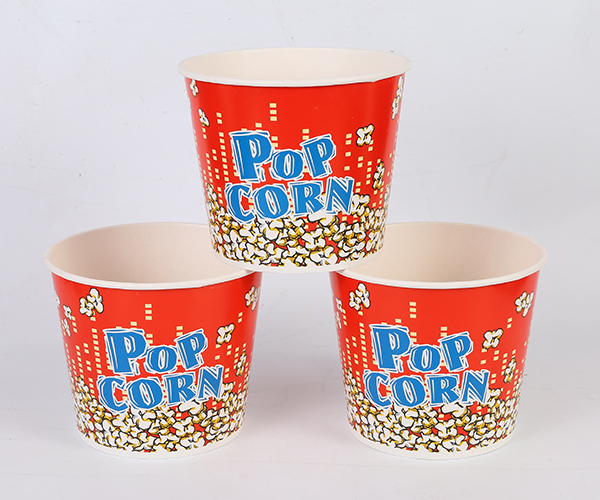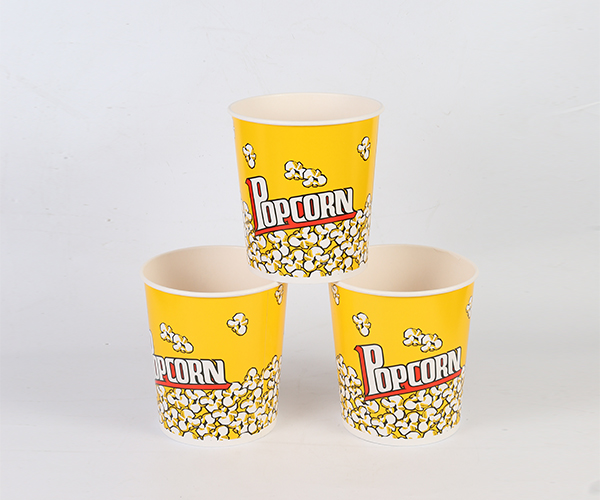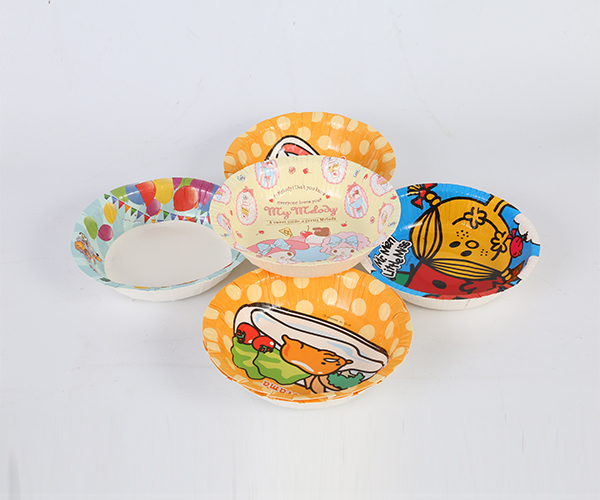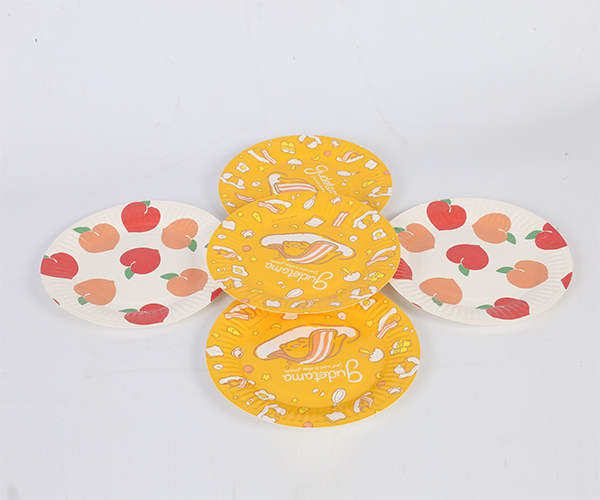When choosing Disposable Paper Plates for events, home use, or commercial catering, thickness is a key factor that often goes unnoticed. However, the thickness of these plates can significantly impact how well they perform in different scenarios. From handling heavy or greasy food to withstanding moisture and heat, the structural integrity of a paper plate is closely tied to its density and construction. This article explores the practical differences between various thickness levels of Disposable Paper Plates and how these differences influence their usability.

Durability and Strength for Different Food Types
Thicker Disposable Paper Plates are generally more durable and capable of supporting heavier meals such as steak, pasta, or dishes with sauces. Their increased rigidity helps prevent bending or collapsing, especially when the plate is carried one-handed or passed around at gatherings. In contrast, thinner paper plates are better suited for lighter fare like sandwiches, fruits, or pastries. Attempting to serve dense or moist food on a thin plate often results in sagging or tearing, causing spills or the need for double stacking.
Moisture and Oil Resistance
A significant distinction between thin and thick paper plates lies in how they handle moisture and grease. Thicker plates usually come with an extra layer or coating that helps resist soaking, making them more effective when used for oily or saucy dishes. Thin plates, however, tend to absorb liquids more quickly, potentially weakening the plate during use. This difference is particularly noticeable during long events or picnics where food may sit on the plate for extended periods before being consumed.
Thermal Stability and Heat Retention
While Disposable Paper Plates are not typically used for cooking, they do often encounter hot food. Thicker plates can better withstand heat without warping or becoming uncomfortable to hold. Their insulating quality also protects surfaces beneath the plate from heat damage. Thinner plates may quickly transmit heat to the hands or tables, causing inconvenience or even safety concerns if the food is particularly hot.
Environmental and Economic Considerations
Thinner Disposable Paper Plates use less material, which may seem like a more environmentally friendly option. However, users often need to double up the plates to achieve adequate strength, negating any material savings. On the other hand, thicker plates, though more robust, consume more resources in manufacturing. Choosing compostable or recycled-material thick plates can help balance environmental impact with performance. Economically, thin plates are cheaper upfront, making them suitable for high-volume use where cost is a concern, while thicker options are ideal for situations requiring higher reliability.
User Experience and Aesthetic Appeal
For more formal events or catered gatherings, thick Disposable Paper Plates tend to offer a better aesthetic and tactile experience. They look more refined, are less likely to bend while guests are eating, and feel more stable in hand. This contributes to a positive impression among guests. Thin plates may suffice for casual events, but can detract from presentation if they warp or become flimsy during use.
Practical Scenarios for Different Thickness Levels
Ultimately, the choice between thin and thick paper plates depends on context. Thinner plates are appropriate for dry snacks at casual get-togethers or children's parties, where the food is lightweight and the risk of mess is minimal. Thicker plates are more appropriate for weddings, outdoor barbecues, or any event where sturdier support is necessary. Having both types available can also offer flexibility, allowing users to match the plate to the meal.
Conclusion
The thickness of Disposable Paper Plates plays a critical role in their functionality, from supporting food weight and resisting moisture to enhancing comfort and presentation. Understanding these differences helps consumers make more informed choices tailored to their specific needs, ensuring both convenience and satisfaction in various dining situations.


 English
English 中文简体
中文简体